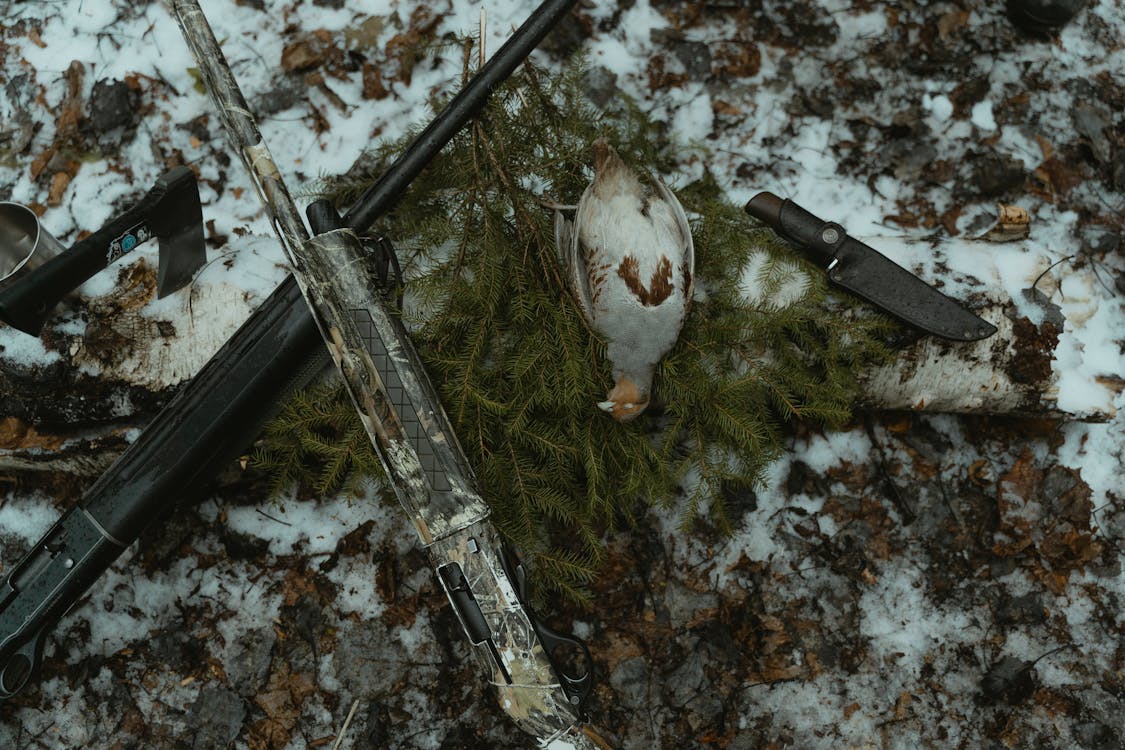There are about 50 billion individual birds in the world. Unfortunately, most come from very rare species, and it is always painful to lose one to death. So, if your favorite just died, would you want to bury and forget it? If not, we will tell you how to preserve a dead bird.
Why Should You Preserve Bird Specimens?
The science of preserving dead birds spans centuries. There is even evidence of Charles Darwin preserving specimens from the Galapagos Islands so he could ship and study them from England. So if you study birds, this is the first reason you’d have for preserving your birds.
Alternatively, you can also preserve birds to keep their memories alive. Preserving one for display is also a good idea if you hunt birds.
Do you have another reason for preserving dead birds? Let us tell you how to preserve them below. But first:
How To Prepare a Dead Bird for Preservation
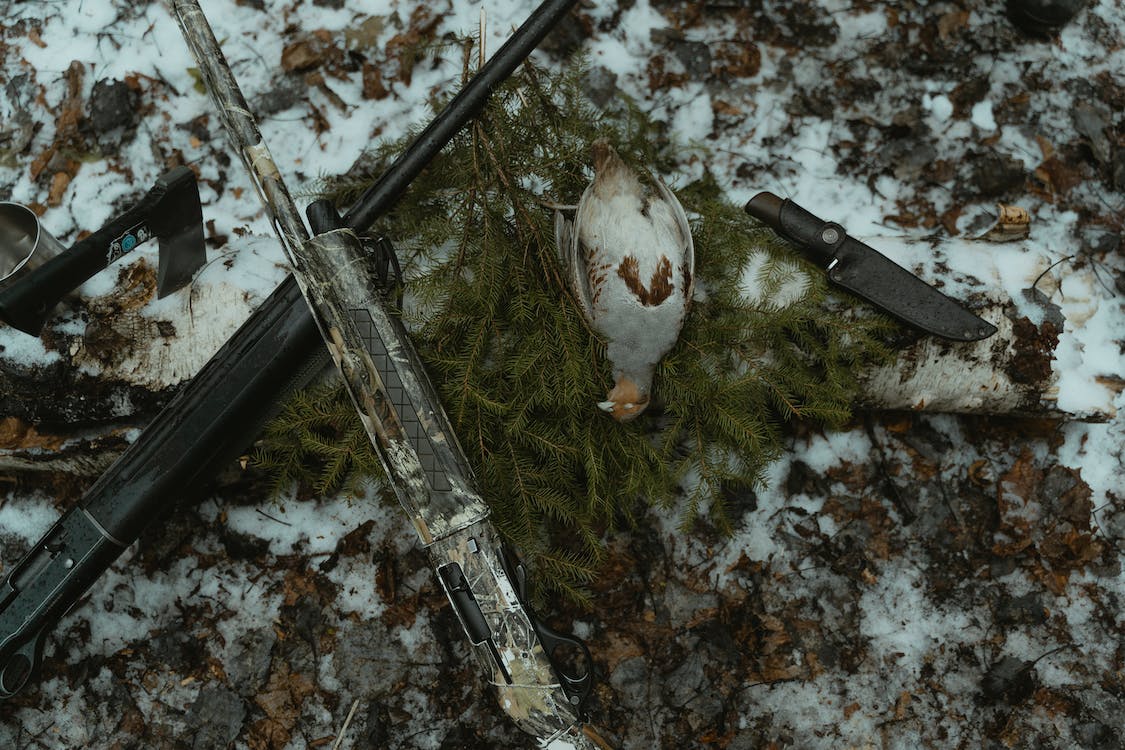
Image Credits: pexels.com
You will prepare the dead bird for preservation by cleaning it in an alcohol solution or soapy water. Here is how to prepare the bird:
How to Prepare a Dead Bird for Preservation Using Isopropyl Alcohol
If you want to use an isopropyl alcohol solution, here are the materials you need;
- A large container with a lid or plastic bag
- 70% isopropyl alcohol
- Protective gloves
- Paper towels
When you have the essentials, you will be ready to collect the dead bird and preserve it as follows;
Step 1: Wear your disposable gloves. When handling a dead bird, it is always good practice to avoid direct contact with the body to prevent contracting germs. Then, collect the dead bird, holding it with paper towels to avoid direct contact.
Step 2: Place the dead bad in the container. Do so gently to avoid breaking any parts like wings on the neck.
Step 3: Fill the container with the isopropyl alcohol to the brim or until the bird is completely submerged.
Step 4: Seal the jar and leave it in a dark and dry place for at least six weeks. After six weeks, you can take the bird out and gently brush off any loose dirt before drying and displaying it.
How To Prepare a Dead Bird for Preservation Using Water and Soap
You can also clean your dead bird with soap and water if you want another preservation method. Ensure you have the following;
- A sink or small tub
- Gloves
- A mild soap
- A soft brush
- A toothbrush
- A hairdryer
- Water
Once you gather all the supplies, here are the steps to follow when cleaning the bird:
Step 1: Fill the tub with lukewarm water, then add the mild soap.
Step 2: Wear gloves, then submerge the bird in soapy water.
Step 3: Use the soft brush to brush the bird’s body, removing all the visible dirt and debris. You can also use the toothbrush to clean small areas where the bigger brush cannot clean.
Step 4: Once the bird is clean, rinse it with clean water, then pat it dry with paper towels.
Step 5: Leave the bird to air dry, then use the hairdryer on low heat to dry any remaining moisture from its body and feathers.
Now that the bird is cleaned up, you can preserve it with your preferred method from the options below.
How to Preserve a Dead Bird
There are several ways you can preserve bird specimens, including:
- Performing taxidermy
- Skinning the bird
- Using the freeze-dry method
- Chemical preservation
- Embalming
- Mummification
1. How To Preserve a Dead Bird With Taxidermy
Image Credits: commons.wikimedia.org
Taxidermy is a preservation method that includes removing internal organs and stuffing the body with other materials. In the end, your bird should look lifelike so you can mount it for display. Taxidermy is mostly used on birds displayed in museums and other institutions.
This preservation method may be your best option if you have a bird you love a lot. Here is what you will need:
- Stuffing material such as cotton balls, sawdust, or straw
- Sharp knife
- Sewing needle and thread
- Borax or another preferred preservative agent
- Gloves
Wear your disposable gloves, then start the preservation method as follows:
Step 1: Keep the bird in a preservative solution, or freeze it to make the skinning process easier.
Step 2: Cut a seam up the bird’s belly with a sharp knife, making sure not to cut any organs. You will want to remove as much flesh from the skin as possible while not cutting into the skin, as that could ruin it. In addition, remember to leave the head intact for a beautiful display. But remove the brain, eyes, and tongue, as these can rot fast.
Step 3: Next, rub borax on the inside of the skin for preservation. You will need to apply a generous amount of borax onto the flesh side of the skin. Then, place the skin flesh-side down, and sprinkle some more borax onto the feathers. Leave the skin in a dry place for about several days.
Step 4: Prepare the form and stuff it with cotton balls or sawdust. Here, ensure the form resembles your bird; you will want to smooth out bumps or irregularities before sewing up the skin.
Step 5: Sew up the skin and display your bird for all to see.
2. How To Preserve a Dead Bird Through Freeze-Drying
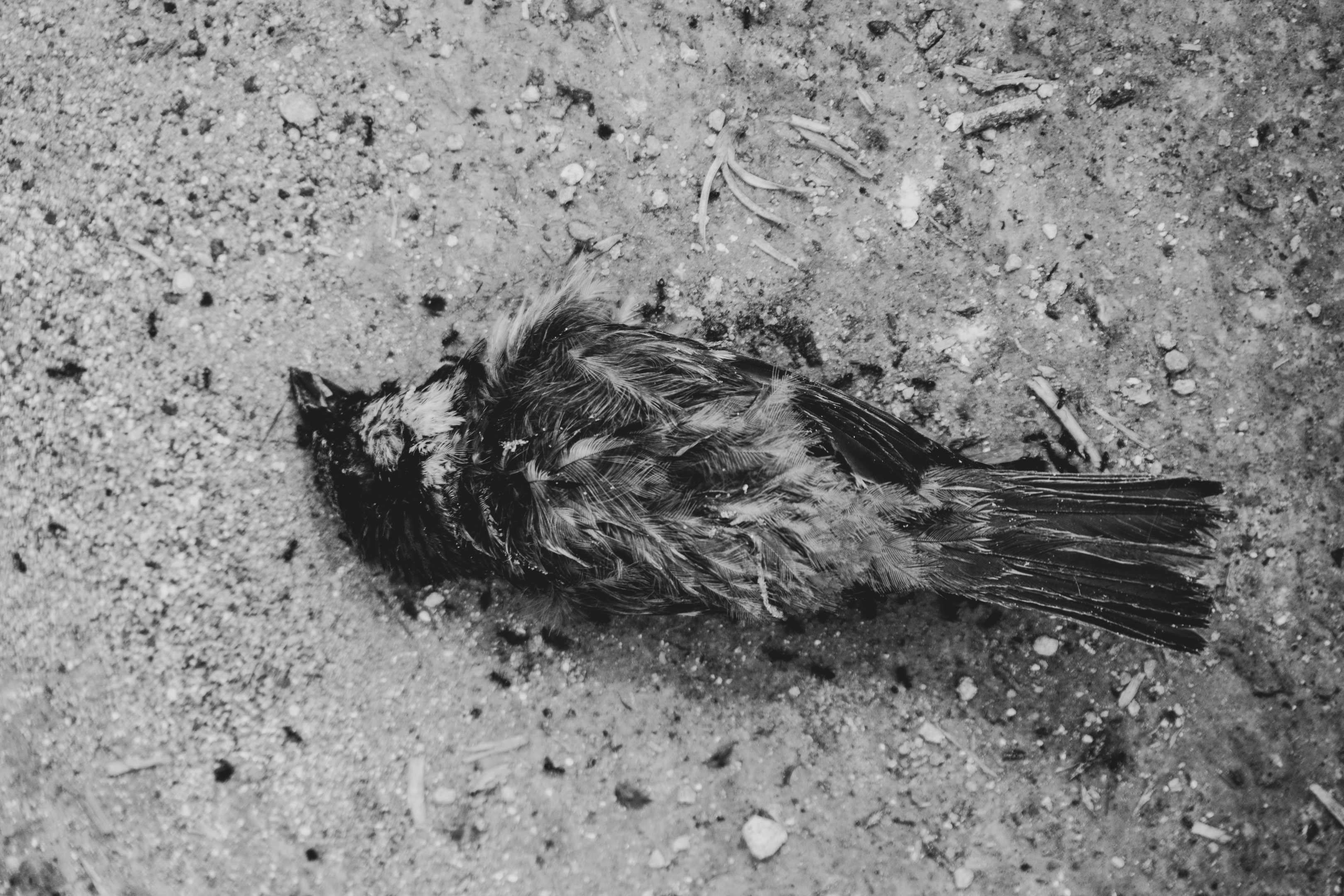
Image credits: unsplash.com
When you love your bird so much, you will also love this preservation method, even if it requires patience for about seven months.
Once your bird is clean and ready for preservation, here is what you need to do first.
Step 1: With your gloves on, place the bird in the freezer and set the temperature to -60 degrees Fahrenheit. Leave the bird in the freezer for several weeks to allow the water inside the body to turn into gas.
Step 2: Once the body is dry, you can remove the bird and store it in an airtight container. You can also place the container in a vacuum chamber for the best preservation.
3. How To Skin Birds for Preservation
This might be the best preservation method for you if you want to display the preserved bird without too much hassle. The two methods above take time, but skinning the bird is easier, and you can display your feathered friend after a few days.
However, understand you will only be able to preserve the skin or hide, not the whole bird. We recommend choosing this method for larger birds since small birds will hardly attract the attention of your visitors. Here are the steps to follow:
Step 1: Once your bird is clean and treated, use a sharp knife to gently skin it. You will need to work around the body, ensuring not to puncture the skin or internal organs lest you damage the skin. Remember to leave the head intact for the best display.
Step 2: Choose how to treat the skin; you can opt to tan the skin with the feathers intact or treat the hide without the feathers. The first method, also known as the wet method, will leave you with tanned skin that does not rot, while the latter will leave you with an excellent hide that does not shrink.
Step 3: Display the bird parts. Here, you can hand the skin on wood or wire.
4. How to Preserve Birds With Bleach
This method prevents the bird from rotting and is also one you can implement in a short time. Here is what you will need;
- A large storage container
- Bleach
- Rock salt
- Water
- Sandpaper
- Gloves and mask
When you gather supplies:
Step 1: Wear your gloves so you can collect the bird. Sand its feet and legs to remove all dirt.
Step 2: Ensure to wear your mask and gloves, then combine bleach and water in a 1:2 ratio. Submerge the bird in this mixture and let it soak for 24 hours.
Step 3: After 24 hours, remove the bird from the bleach mixture and clean the container. Next, add 2 cups of rock salt to half a gallon of water, then submerge the bird into the mixture for another 24 hours.
Step 4: Remove the bird from the mixture and let it air dry completely before displaying it.
5. How to Preserve Your Dead Bird Through Embalming
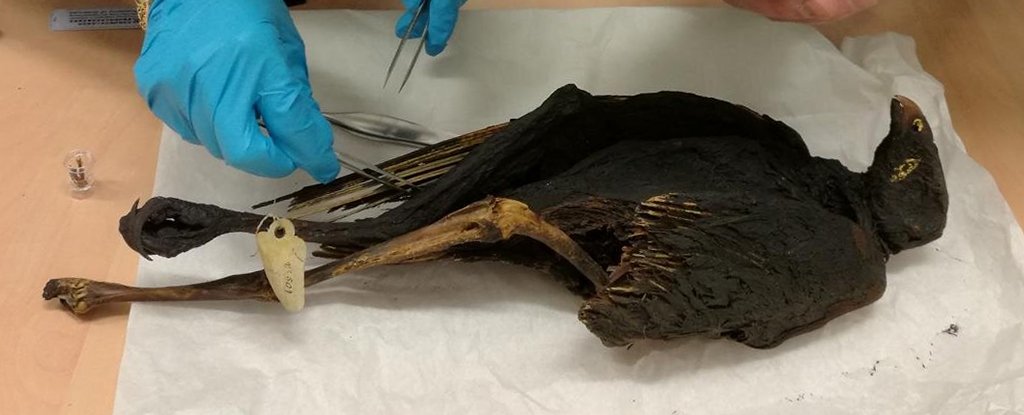
Image Credits: sciencealert.com
Embalming is a popular method to preserve dead birds for taxidermy or display. While the process takes little time, it requires care and attention. Here are the supplies you need:
- Formaldehyde
- Cotton balls
- A plastic bag
- A small cup and funnel
- Gloves
Once you gather everything;
Step 1: Wear your gloves, collect the dead bird and place it in the plastic body bag.
Step 2: Use the funnel to transfer the Formaldehyde into a small cup.
Step 3: Place some cotton balls on top of the bird’s heart and gently pour all the Formaldehyde into the body bag until it is full. Seal the bag for 42 hours.
Step 4: Get the bird out of the bird and perform taxidermy. Alternatively, you can remove the flesh and display its skeleton.
6. How to Preserve a Dead Bird Through Mummification
Do you want to preserve a dead bird in pristine condition for many years? Then this Egyptian preservation technique should interest you. Here is how to mummify your bird:
Step 1: Clean the bird, then remove all internal organs.
Step 2: Dry out the bird’s body.
Step 3: Gently place the bird in a preservative solution like Formaldehyde.
Step 4: Wrap the body of your bird in a clean cloth before placing it in a cool, dry place
Factors To Consider Before Preserving a Dead Bird
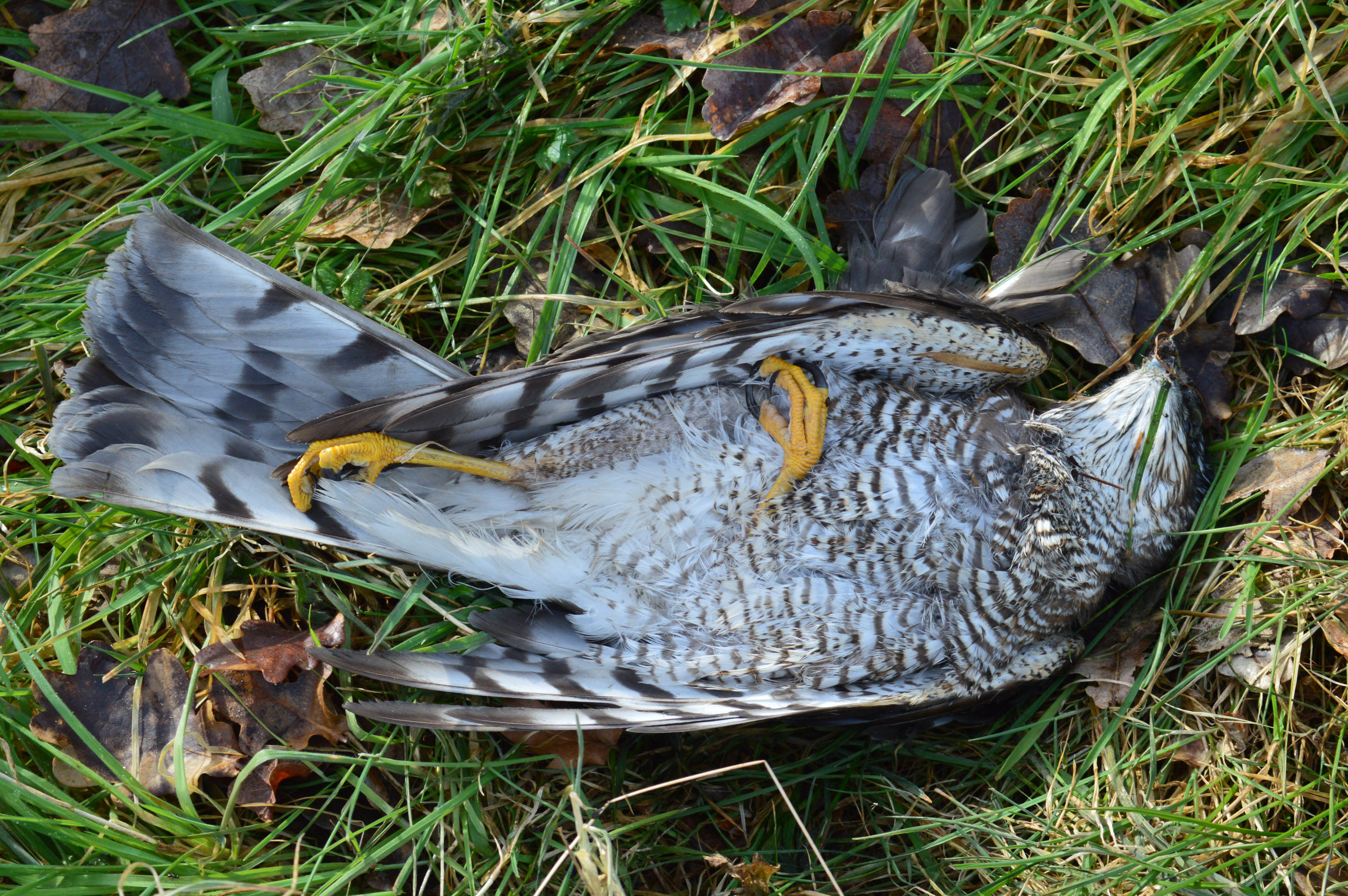
Image Credits: unsplash.com
Now that you know the best ways to preserve your beloved bird, here are a few considerations to make before you start the process.
- Are you emotionally attached to the bird? Understand that this process can be emotionally taxing, especially if you spend a lot of time with the bird. If you cannot preserve it yourself, you can get a professional to do it for you.
- Do you have enough time and patience? Preserving a dead bird can take days to many months, so only commit to the process if you can see it through.
- Understand why you want to preserve the bird; it can be as part of your collection or to preserve memories. Doing so will also help you determine the best preservation method to commit to.
- Finally, ensure you have all the materials necessary for the preservation process.

